Best and worst of Sunderland's buildings in the spotlight
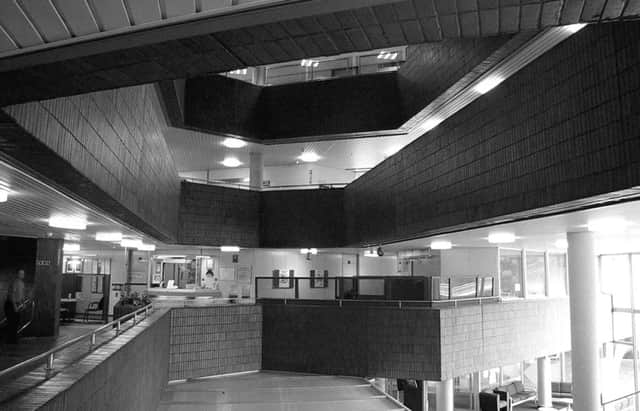

Architectural historian Dr Michael Johnson is to discuss the best and worst of the city’s newest buildings at the event organised by Sunderland Antiquarian Society.
“I’ve given many talks on historic buildings, but this one explores the most controversial aspect of Sunderland’s architectural legacy – buildings of the modern period,” he said.
Advertisement
Hide AdAdvertisement
Hide Ad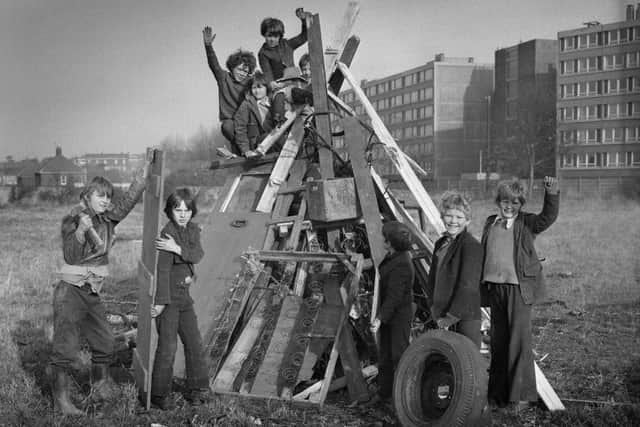

“Many see them as cheaply built, utilitarian structures. Some deserve criticism, but others deserve to be more appreciated. My talk aims to uncover the ideas behind these buildings.”
One of the first expressions of Modernism was the Italian Futurist movement, which celebrated the power of technology and inspired designs called The New City in 1914.
But it wasn’t until the 1930s that Britain started to embrace the Modernist approach – a decision perhaps prompted by the need for new council-owned houses between the wars.
Indeed, the North Eastern Housing Association built more than 2,000 homes in Sunderland between 1936-38 – most notable being the Garths at Hendon, built on a former slum site.
Advertisement
Hide AdAdvertisement
Hide Ad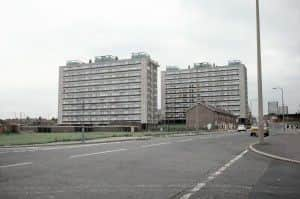

“The Garths represented Modernist mass housing,” said Michael. “Accommodating around 1,000, they were multi-storey blocks with balconies, built around a communal square.”
A housing crisis following the end of World War Two also sparked a re-think on buildings in the 1940s, as new “homes for heroes” had to be constructed quickly – and cheaply.
Prefabricated houses became a backbone of the post-war housing boom, with cosy prefabs built across Sunderland – including Sackville Road, Saltburn Road and Solway Square.
“Sunderland County Borough Council later constructed three tower blocks as part of the redevelopment of the town centre in the 1960s at a cost of £959,258,” said Michael.
Advertisement
Hide AdAdvertisement
Hide Ad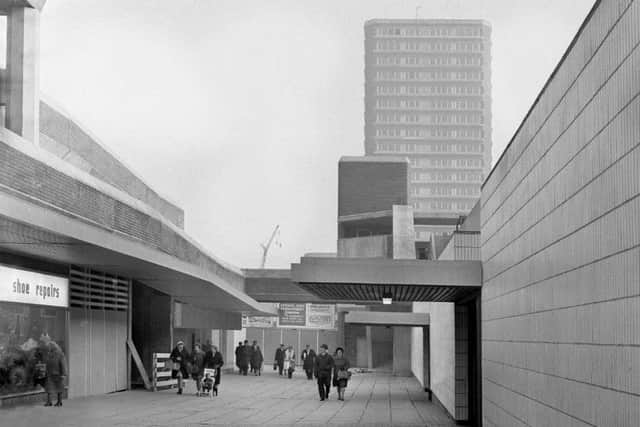

“Four more blocks were built at Carley Hill Road – the first development in the North East to use the French Sectra system, allowing rapid construction using prefabricated parts.
“Sunderland’s greatest loss to modernism was the Victorian-built Town Hall, which was demolished in early 1971 and replaced with the controversial new Civic Centre.”
Sir Basil Spence was chosen to design the new centre in 1964, with work on the West Park site starting in 1968. It was completed in July 1970, at a cost of £3,359,000.
The building won a gold medal from the Royal Institute of British Architects but, over the years, the controversy over the bulldozing of the old Town Hall has continued to rumble on.
Advertisement
Hide AdAdvertisement
Hide Ad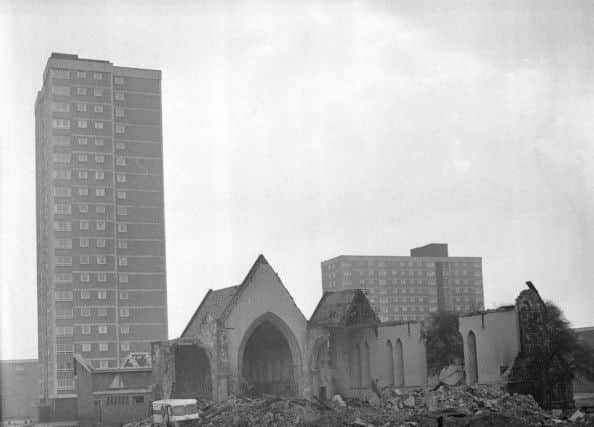

“Modernist buildings embodied deep philosophical ideals, but these lofty ambitions were often undermined by technical flaws and indifference to real human needs,” said Michael.
** Michael’s talk will be held at St George’s United Reformed Church, on the corner of Stockton Road and Belvedere Road, from 7.30pm on February 16. Admission £1 for visitors.